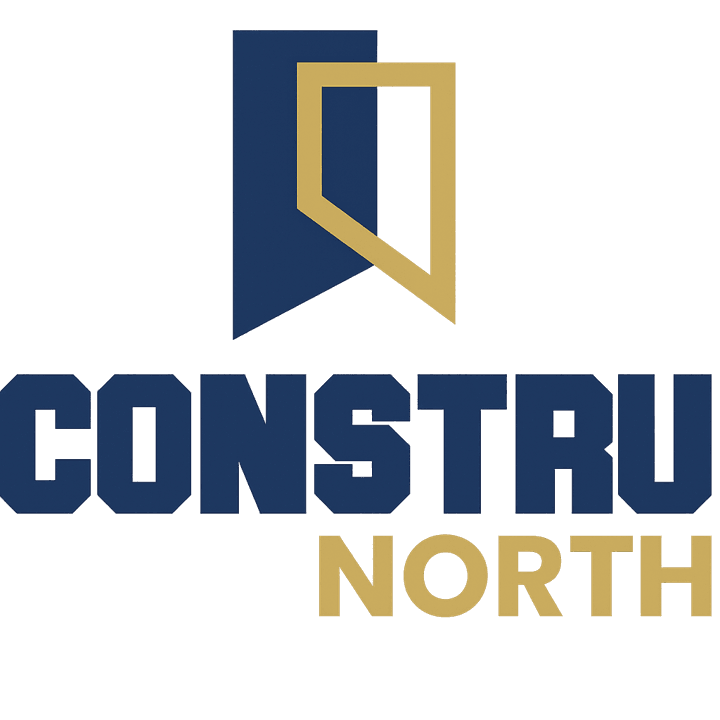Understanding EIFS Repairs: Importance and Indicators for Your Building
What is EIFS?
Exterior Insulation and Finish System (EIFS) is a popular exterior wall cladding system used in both commercial and residential buildings. Known for its energy efficiency and versatility, EIFS provides a barrier that helps in reducing energy costs and enhancing the aesthetic appeal of a building. However, like all building materials, EIFS can encounter issues over time, necessitating repairs.

Why Are EIFS Repairs Important?
EIFS repairs are crucial to maintaining the structural integrity and appearance of your building. Over time, exposure to weather elements like wind, rain, and sun can cause damage to the EIFS. If left unchecked, these damages can lead to water infiltration, compromising the insulation properties and potentially causing more severe structural issues.
Regular maintenance and prompt repairs ensure that the EIFS continues to protect your building effectively. This not only prolongs the lifespan of the cladding system but also prevents costly repairs in the future by mitigating damage early on.
Indicators That Your EIFS Needs Repair
To keep your building in top condition, it's essential to recognize the signs that indicate your EIFS may need attention. Here are some common indicators:
- Cracks in the Surface: Small cracks can develop due to thermal expansion and contraction. These cracks might seem minor but can allow moisture to penetrate.
- Staining or Discoloration: This could be a sign of water intrusion or mold growth, indicating potential underlying issues.
- Bubbling or Blistering: These surface imperfections often suggest that moisture has been trapped behind the EIFS, leading to potential damage.

The Process of EIFS Repair
Understanding the repair process can help in making informed decisions about managing your building’s maintenance. Typically, the repair process involves several steps:
- Inspection: A thorough assessment by a professional to identify the extent of damage.
- Removal of Damaged Material: Carefully removing any compromised EIFS components.
- Replacement or Patching: Installing new materials or patches as needed to restore the system's integrity.
- Sealing and Finishing: Applying sealants and finishing coats to protect against future damage.
By following these steps, property owners can ensure that their building's exterior remains both functional and visually appealing.
Choosing the Right Professional
Selecting a qualified contractor is vital for effective EIFS repairs. Look for professionals with experience in EIFS systems and a track record of successful projects. Requesting references and verifying credentials can provide additional peace of mind.

Preventive Measures for EIFS Longevity
In addition to regular maintenance and timely repairs, implementing preventive measures can extend the life of your EIFS. Consider these strategies:
- Regular Inspections: Schedule routine checks to catch potential issues early.
- Proper Drainage Systems: Ensure that gutters and downspouts direct water away from your building’s exterior.
- Adequate Ventilation: Prevent moisture buildup by maintaining good airflow around the building.
By being proactive, you can reduce the likelihood of encountering major issues with your EIFS, ensuring that it continues to serve its purpose efficiently.
Conclusion
Understanding the importance and indicators of EIFS repairs is essential for maintaining the health and appearance of your building. By staying vigilant and addressing issues promptly, you can ensure that your EIFS system remains an effective barrier against weather elements while enhancing your property's aesthetic appeal. Consider consulting with experienced professionals to guide you in maintaining and repairing your EIFS system effectively.
